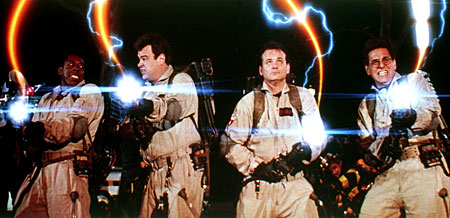Hi all.
I would like to know if it is advisable to use my hifi bench test amplifier as a signal tracer, or should i rather get a dedicated amplifier/ speaker for this. What type of circuitry will I need front- end to add this to my hifi amp? I want to be able to probe valve amps etc.
Any advice please.
I would like to know if it is advisable to use my hifi bench test amplifier as a signal tracer, or should i rather get a dedicated amplifier/ speaker for this. What type of circuitry will I need front- end to add this to my hifi amp? I want to be able to probe valve amps etc.
Any advice please.





Comment